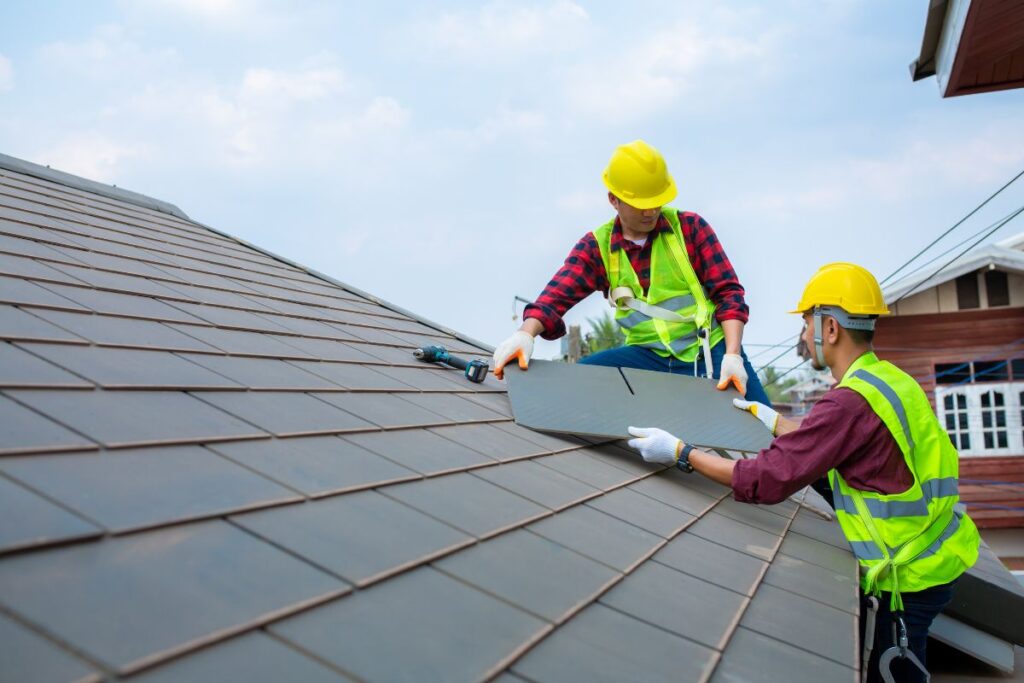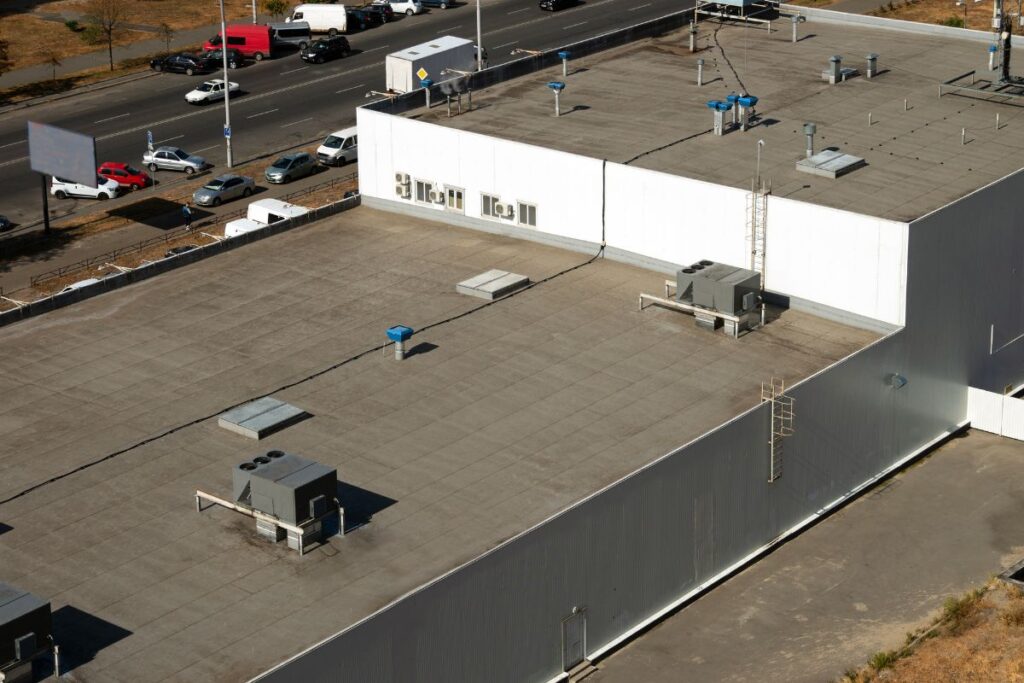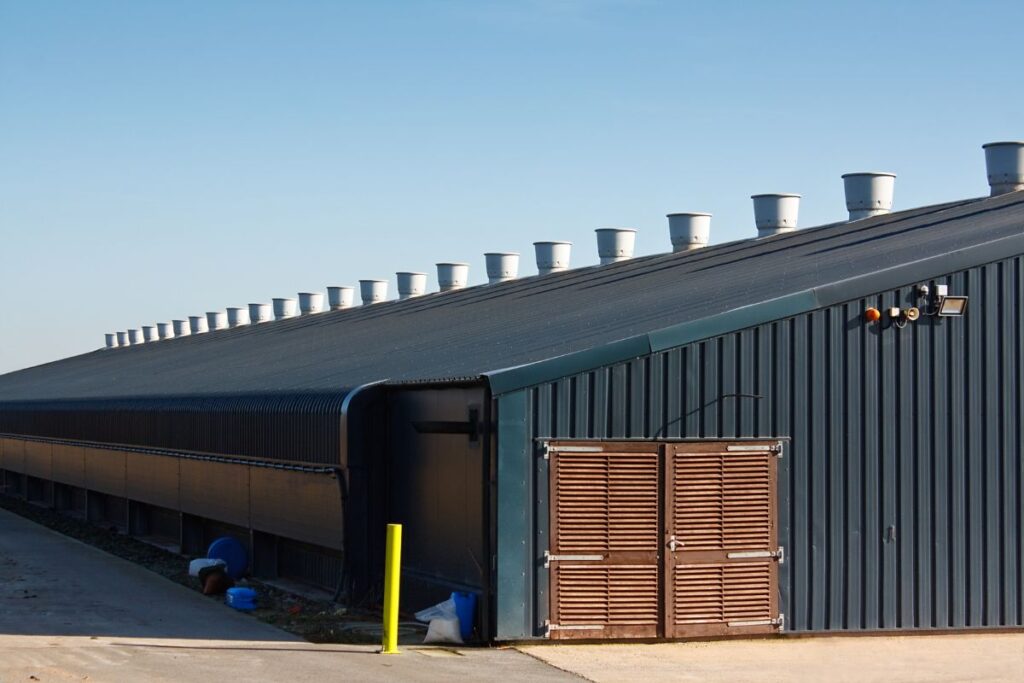Commercial buildings require specialised roofing solutions to meet their unique needs, from handling heavier loads to covering larger areas. This article will explore the top five commercial roofing materials in detail, highlighting their advantages, drawbacks, and best applications.
- Thermoplastic Olefin Roofing (TPO)
TPO is one of the most popular materials for commercial roofing due to its durability and cost-effectiveness. It’s designed to resist UV light, chemical exposure, and high heat, making it suitable for various climates. TPO is also energy-efficient, as its reflective surface helps minimise heat gain, reducing cooling costs. However, the quality of TPO can vary significantly between manufacturers, so ensure you select a reputable brand.
- Ethylene Propylene Diene Monomer (EPDM)
EPDM, also known as rubber roofing, is favoured for its long lifespan, reaching up to 30 years with proper maintenance. This material is resistant to temperature fluctuations, UV radiation, and hail damage. EPDM’s black surface can be a disadvantage in warmer climates as it absorbs rather than reflects heat. To overcome this, a reflective coating can be applied.
- Metal Roofing
Metal roofing is extremely durable, resistant to fire, wind, and impact damage. It also offers excellent longevity, with some types lasting 40-70 years. Available in a variety of materials including aluminium, steel, and copper, metal roofs can be expensive upfront but offer significant long-term savings due to their durability and low maintenance needs. One potential drawback is that they can be noisy during rain or hailstorms.
- Built-Up Roofing (BUR)
Built-Up Roofing involves layering fabric and bitumen to create a sealed, durable surface. BUR systems offer excellent waterproofing, UV protection, and resistance to foot traffic, making them suitable for roofs that need to accommodate heavy equipment or regular maintenance activities. However, they’re heavy and require strong structural support.
- Polyvinyl Chloride (PVC)
PVC roofing is known for its durability, resistance to fire, chemicals, and wind, and longevity of up to 20 years. This lightweight material is suitable for roofs with a slight pitch or those that accumulate water, as PVC is highly resistant to water pooling. The main drawback is its higher cost compared to other single-ply roofing options like TPO or EPDM.
In conclusion, the best commercial roofing material depends on your specific needs, budget, climate, and the structure of your building. Always consult with a professional commercial roofing contractor to make an informed decision.


